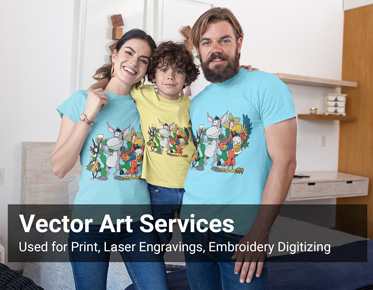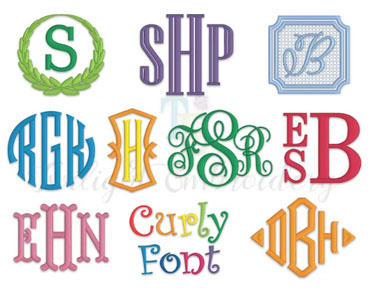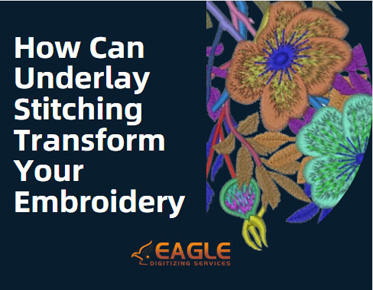Designing for Success: Leveraging Vector Art in Promotional Merchandise
In the competitive world of marketing and branding, promotional merchandise serves as a powerful tool for businesses to connect with their audience and leave a lasting impression. At the core of successful promotional design lies vector art, a versatile and dynamic form of digital illustration that offers unparalleled flexibility and precision.
● Advantages of
Vector Art in Promotional Merchandise
● Creating Vector
Art for Promotional Merchandise
● Incorporating
Branding Elements
● Design
Considerations for Different Promotional Items
● Vector Art for
Large-Scale Printing and Embroidery
● Collaborating
with Graphic Designers
● Quality Control
and Finalizing Designs
Definition
and Characteristics
Vector artwork is a type of digital graphic composed of mathematically defined shapes and lines. Unlike raster images, which are made up of individual pixels, vector graphics use mathematical equations to represent images, making them infinitely scalable without losing quality.
Contrasting
with Raster Images
Raster images, such as JPEGs or PNGs, are made up of a grid of pixels and have a fixed resolution. When enlarged, raster images may become pixelated or lose quality. In contrast, vector graphics maintain crispness and clarity regardless of size, making them ideal for promotional materials that require resizing.
Scalability
and Resolution Independence
One of the key advantages of vector art is its scalability. Whether a design is intended for a small business card or a large billboard, vector graphics can be resized without sacrificing quality. This ensures that promotional materials maintain their integrity and clarity across various formats and sizes.
Precision
and Clarity of Lines and Shapes
Vector graphics are defined by precise mathematical equations, resulting in clean lines and shapes. This level of precision allows for intricate detailing and sharp edges, essential for conveying branding elements accurately on promotional merchandise.
Editability
and Versatility
Vector art is highly editable, allowing designers to make changes to the artwork easily. Whether adjusting colors, resizing elements, or refining details, vector graphics offer flexibility and versatility throughout the design process. This adaptability enables designers to create customized and dynamic promotional materials tailored to specific branding needs.
Tools
and Software for Vector Design
Designing vector art requires specialized software such as Adobe Illustrator, CorelDRAW, or Inkscape. These programs offer a range of tools and features specifically designed for creating and editing vector graphics, empowering designers to bring their creative visions to life.
Techniques
for Creating Vector Illustrations
Vector illustrations can be created using various techniques, including drawing with the pen tool, using shapes and paths, and applying gradients and effects. Additionally, designers can use reference images or sketches as a basis for their vector artwork, tracing over them to create precise and detailed illustrations.
Integrating
Logos and Brand Colors
Vector art allows for seamless integration of logos and brand colors into promotional designs. By using vector-based graphics, designers can ensure that branding elements are reproduced accurately and consistently across various materials and products, reinforcing brand identity and recognition.
Customizing
Vector Art to Reflect Brand Identity
Vector graphics offer endless possibilities for customization, enabling designers to tailor artwork to reflect the unique identity and personality of a brand. Whether incorporating custom illustrations, typography, or motifs, vector art can be customized to align perfectly with a brand's aesthetic and messaging, enhancing its impact and memorability.
Apparel
and Accessories
When designing promotional apparel and accessories, designers must consider factors such as fabric type, garment size, and printing method. Vector art allows for the precise placement of logos and designs, ensuring optimal visibility and branding impact on items such as t-shirts, hats, and bags.
Stationery
and Office Supplies
Promotional stationery and office supplies often feature smaller print areas and limited color options. Vector art enables designers to create intricate designs and detailed typography, even in confined spaces, making it ideal for items such as pens, notebooks, and mouse pads.
Drinkware
and Utensils
Vector art can be used to create custom designs for drinkware and utensils, such as mugs, water bottles, and utensil sets. By leveraging vector graphics, designers can create vibrant and eye-catching designs that withstand frequent use and washing, enhancing brand visibility and recognition.
Technology
Accessories
Promotional technology accessories, such as phone cases, laptop sleeves, and USB drives, provide unique opportunities for branding and customization. Vector art allows for precise placement of logos and graphics on these accessories, creating cohesive and visually striking branding experiences that resonate with tech-savvy audiences.
Ensuring
Compatibility with Printing Methods
When creating vector art for large-scale printing, such as banners, posters, or vehicle wraps, it's essential to ensure compatibility with the printing method being used. Vector graphics are ideal for large-format printing, as they can be scaled to any size without loss of quality, resulting in crisp and clear images that command attention.
Optimizing
Vector Art for Embroidery Machines
Vector art can also be used for embroidery applications, such as custom patches, hats, and apparel. When digitizing vector art for embroidery machines, designers must consider factors such as stitch density, thread colors, and fabric type to achieve optimal results. By optimizing vector art for embroidery, designers can ensure that promotional merchandise maintains its integrity and impact, even in tactile applications.
Working
with Professional Designers
For businesses and organizations without in-house design capabilities, collaborating with professional graphic designers is essential for creating high-quality vector art forpromotional merchandise. Experienced designers bring creativity, expertise, and technical skill to the design process, ensuring that branding materials are visually compelling in achieving marketing objectives.
Communicating
Design Requirements and Expectations
Clear communication is key to successful collaboration with graphic designers. Providing detailed briefs, reference materials, and feedback throughout the design process helps designers understand the vision and goals of the project, resulting in designs that resonate with the target audience and align with brand values and objectives.
Reviewing
Proofs and Mockups
Before finalizing designs for production, it's essential to review proofs and mockups to ensure accuracy and quality. This includes checking for any errors or inconsistencies in the artwork, as well as confirming that branding elements are correctly positioned and scaled. Reviewing proofs helps identify any issues that need to be addressed before production, minimizing the risk of costly errors or reprints.
Making
Revisions and Adjustments as Needed
If revisions or adjustments are necessary, designers can make changes to the vector art as needed, ensuring that the final designs meet the client's specifications and expectations. By maintaining open lines of communication and flexibility throughout the design process, designers can ensure that promotional merchandise meets the highest standards of quality and craftsmanship, maximizing its effectiveness in achieving marketing objectives.
In conclusion, vector art is a powerful tool for designing successful promotional merchandise that effectively communicates brand identity and messaging. From creating custom illustrations to integrating branding elements, vector art offers endless possibilities for creativity and customization, enabling businesses to stand out in a crowded marketplace and leave a lasting impression on their audience. By leveraging the scalability, precision, and versatility of vector graphics, businesses can create promotional materials that captivate audiences, reinforce brand recognition, and drive success.
If you're looking for professionals who can
handle all your vector graphic needs, Eagle Digitizing is the best choice. Whether
you need custom illustrations for promotional merchandise or vector designs for large-scale printing and
embroidery, our team of experienced designers is here to bring your vision to
life. Contact us today to learn more about our services and how we can help you
achieve your branding goals.



